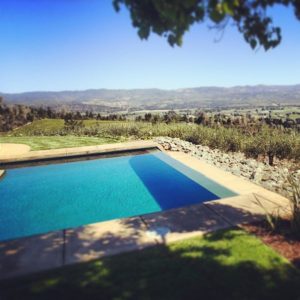
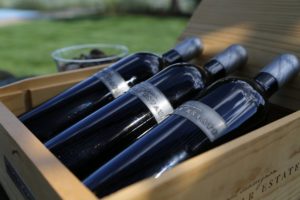
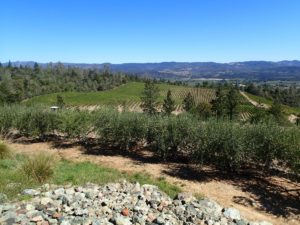 Caspar Estate is owned and managed by the brother sister team of Jody Harris and Gingy Harris Gable. Their grandparents Virginia and Caspar Escher purchased property in Rutherford in 1958 with the intent to have a second property away from San Francisco. One of their requirements was they be near a valley – in hindsight they certainly chose the “right” valley based on the legacy that their grandchildren are continuing and creating for this particular property.
Caspar Estate is owned and managed by the brother sister team of Jody Harris and Gingy Harris Gable. Their grandparents Virginia and Caspar Escher purchased property in Rutherford in 1958 with the intent to have a second property away from San Francisco. One of their requirements was they be near a valley – in hindsight they certainly chose the “right” valley based on the legacy that their grandchildren are continuing and creating for this particular property.
Caspar, (the wine is named in his honor) was president and a member of the board of directors of Crowley Maritime Corp., and was quite familiar with the Whitehall boats, the small water taxi’s that would service the larger ships in the 1800s in the San Francisco Bay. It didn’t take much to sell him on this property with its stellar views and unique hillside location, but the clincher was when he discovered it was located off of Whitehall Lane.
The family has been involved in the maritime business for decades. Virginia’s father Thomas Crowley, founded Crowley Launch and Tugboat Co., which eventually became Crowley Maritime Corp. The company was founded in 1892 and is still in business with operations spanning the globe and is still Crowley family owned. The first vessel was a 18-foot Whitehall rowboat which was used to ferry supplies and passengers between boats anchored in the San Francisco Bay Area to the shore. Those interested in reading more about the remarkable growth of this company and their first 100 years can read, Two Men at the Helm: The first 100 years of Crowley Maritime Corporation, 1892-1992 by Jean Gilbertson.
In 1962 Virginia and Caspar hired prominent landscape architect Thomas Church who was the architect on their two-story house and also their landscape designer. Church’s career spanned over 40 years and designed hundreds of private gardens and also was the landscape design consultant to Stanford University. In Napa Valley he was responsible for at least two other landscape designs; one was the gardens for the former Draper house near La Perla Winery on Spring Mountain (part of Spring Mountain Vineyards) but this unfortunately burned to the ground including the gardens in the 2020 Glass Fire. And the other was the gardens at what is now William Cole Winery located just north of St. Helena; the William Cole Winery and gardens were listed on the National Register of Historic Places in 2015.
Virginia and Caspar continued to develop the property over time- planting fruit trees, vegetables and herbs. They used to own nearby acreage which contained a valley their grandfather named “Long Meadow”. In 1989 the family sold this adjoining property to the Hall Family who have built a successful brand in Napa Valley called Long Meadow Ranch. This property is now home to their rammed-earth constructed Long Meadow Ranch Winery.
Jordy’s “previous” life involved working with commercial real estate; eventually he was ready to take a break from the grind of this “world”, he “retired” to embrace a “wine country” lifestyle. In 2000 he and Gingy oversaw the planting of this vineyard, initially a block of Cabernet Sauvignon. Their first harvest from the property was in 2004.
The property is farmed sustainably and organically – after a three plus year process they earned their CCOF certification. The California Certified Organic Farmers is a membership organization based in Santa Cruz, California founded in 1973. Several of the earliest CCOF wine producers in Napa Valley include Frog’s Leap Winery, Tres Sabores and Helena View Johnston. The CCOF mission is to not only provide certifications for agricultural entities but to promote organic farming.
Prior to Caspar Estate and Cultivar, Gingy operated Virginia Harris Design for 19 years, an interior design company. Her projects were primarily on California’s central to northern coastal cities. Her work has been highlighted in numerous publications including The Wall Street Journal, The San Francisco Chronicle, Design Times and Northern California Home and Design.
Grapes were sold to other area wineries for several years but then in 2008 they decided to make wine commercially. In one of the worst economic downturns in recent memory they decided to launch not one but two brands – Caspar Estate and the much larger production, Cultivar. As Jordy indicated to us, the timing on the launching their two brands and being able to survive through the downturn has positioned them to be stronger in the market over the long term.
A word that quickly comes to mind when mentioning the Rutherford appellation is “bench land” – land not quite valley floor, yet not hillside either. If one look’s at an appellation map of Napa Valley, a section of the steep, rugged and relatively remote Mayacamas mountains is not within any appellation located slightly west of the St. Helena, Rutherford and Oakville appellations.
Their vines are among the more eastern located in the Rutherford appellation and are planted on the hillside rather than true bench land. However, their slice of the Mayacamas mountains is not steep and overly forested like one normally associates with the nearby Spring Mountain, Diamond Mountain and Mt Veeder appellations. There are very few vineyards in this part of the appellation; one other nearby family vineyard is located slightly further east. Their property is 27 acres of which 10 acres are planted to vine.
With three acres of olive trees on site it makes sense to produce both olive oil and their own “house” olives. These trees are well over 100 years old having been planted between 1878 and 1903. The olives are cured in brine and then left to age in a natural oil infused with lemon rind and other herbs (all grown on the property). In addition, they have approximately 250,000 bees spread out among their 30 hives and a beautiful honey is also produced commercially.
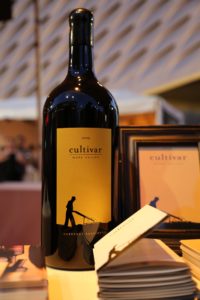 On a warm summer’s day, the property itself feels like the quintessential Mediterranean estate. One could almost be in Italy. Kiwis, avocado’s, a pomegranate and a healthy garden all thrive here. But one must start with the views – 500 feet below, much of the entire Napa Valley is laid out like a patchwork quilt and one can easily see up and down the valley.
On a warm summer’s day, the property itself feels like the quintessential Mediterranean estate. One could almost be in Italy. Kiwis, avocado’s, a pomegranate and a healthy garden all thrive here. But one must start with the views – 500 feet below, much of the entire Napa Valley is laid out like a patchwork quilt and one can easily see up and down the valley.
Their style of wines are meant to be consumed with food and are not overly extracted. Despite their hillside estate and the hillside locations of other vineyards that they source grapes from, their wines are elegant and refined. These are wines that are pleasant to drink while they are young but certainly have the acidity to age for some time.
Select Wines
Caspar Estate
The 2021 Caspar Estate Sauvignon Blanc, Napa Valley is medium golden in color; the bouquet shows some herbal characteristics including lemongrass, kaffir lime, citrus blossom and green apple. The bouquet becomes more fruit driven as it evolves in the glass, including scents of pineapple. Some of these herbal characteristics also show on the palate including a lemon/lime character, passion fruit and honeydew melon. The acid is bright and fresh, but not bracing or tart. Lightly textured across the palate. Food friendly especially with the white truffle Caesar salad served by Cultivar San Francisco. This wine is 100% varietal and was fermented in stainless steel (60%) and new French oak barrels (40%).
The 2020 Caspar Estate Sauvignon Blanc is medium golden in color. This wine features a pretty bouquet with sweeter tropical aromatics including honeysuckle along with some notes of peach and nectarine and a hint of pineapple. Shows flavors of green apple, pomelo and a lemon/lime note, especially on the finish. This palate offers bright acidity without being overly green or grassy. Lingers with just the right amount of tartness – very youthful and very balanced.
The 2019 Caspar Estate Cabernet Franc, Napa Valley is a blend of 95% Cabernet Franc, 3% Petit Verdot and 2% Cabernet Sauvignon. This wine is dark ruby color; the bouquet is both red and dark fruited, layered and generous with aromas of blackberry, plum and the resulting aromas from opening an old cedar box that has been shut for a long time. There are also some darker spices at play here which are mirrored on the palate. We also noted a light tomato leaf character; this wine is in no way vegetal, characteristics that sometimes this variety is known for depending on where its grown and harvest dates. This bottling sports flavors of spicy plum, dark, cherry, and blackberry and a lingering nuance of dried herbs. The tannins are very well integrated into the smooth finish. Balanced. While tasting this, we thought of pairing it with a tomato basil beef based ravioli.
The 2019 Caspar Estate Cabernet Sauvignon, Napa Valley (100% varietal) is deep ruby and nearly opaque in the glass; the aromas are darkly fruited including ripe blackberry, boysenberry and dark cherry. There is an earthiness present here as well, including petrichor. Bold, dark and well layered the palate delivers loads of fruit. The grainy and still somewhat taught but rounded tannins continue to persist for some time on the long and juicy finish. This wine lingers with a woodsy spice and notes of crushed peppercorn. This is a serious Napa Valley Cabernet Sauvignon which carries itself with an imposing stature. This wine earned a Double Gold at the 2022 San Francisco Chronicle Wine Competition. It was wild-yeast fermented in 43% oak barrel and 57% stainless steel and then aged in French oak barrels of which 66% were new.
The 2009 Caspar Estate Cabernet Sauvignon was their first commercial release. This has a bouquet one could pick out of a lineup in a blind tasting against other Napa Valley Cabernet Sauvignon bottlings; it is not a nose that is entirely about the fruit. It is true to its terroir and initially offers a pleasing earthy component to the aromas along with some spice notes. The bouquet becomes more elegant as it opens. The palate is all about balance with lively acidity, more red fruit than black fruit and finer grained tannins anchoring a supple finish.
Cultivar
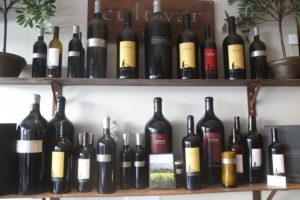
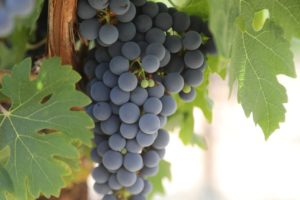
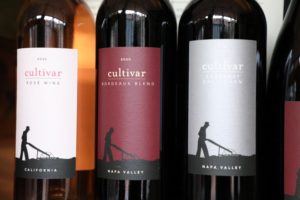 Cultivar is a separate wine brand from Caspar Estate. It is their “workhorse” wine – it sees a much higher annual production – at the time of this review approximately 5000 cases are produced annually. A more difficult proposition that Cultivar has handled well in the restaurant scene is “wine on tap” or kegs. They typically produce 500 of these for various restaurants. The name Cultivar was carefully chosen – to represent not only the name given to cuttings of small grapes but also more meaningfully – to represent the relationships carefully cultivated over time especially with the owners of the vineyards they source fruit from.
Cultivar is a separate wine brand from Caspar Estate. It is their “workhorse” wine – it sees a much higher annual production – at the time of this review approximately 5000 cases are produced annually. A more difficult proposition that Cultivar has handled well in the restaurant scene is “wine on tap” or kegs. They typically produce 500 of these for various restaurants. The name Cultivar was carefully chosen – to represent not only the name given to cuttings of small grapes but also more meaningfully – to represent the relationships carefully cultivated over time especially with the owners of the vineyards they source fruit from.
The types of wines under the Cultivar label change depending on the vintage and vineyard sources. These wines are well distributed – mostly to restaurants. The Caspar Estate wines are almost entirely sold direct – through their mailing list. You can find these wines selectively in the Napa Valley; ACME Wine Shop in St. Helena carries them.
The 2020 Cultivar Bordeaux Blend Napa Valley is deep ruby in the glass. It’s aromas include a light herbal note including mint, red cherry, raspberry and sweaty baseball mitt leather. The brightly lit palate is primarily red fruited with flavors of red licorice, currant and red cherry. If we were to guess, this wine has a decent amount of Cabernet Franc in the blend. The herbal characteristics noted on the bouquet are a bit more dominant on the palate with a nuance of menthol; however this wine is in no way vegetal. The finish lingers with densely packed grainy and gritty tannins broadly coating the palate complemented nicely by a bright acidity. Long finish. Darker spices linger in a union of pepper and toasted oak. This is perhaps our favorite of the most recent Cultivar bottlings we have tried.
The 2020 Cultivar Cabernet Franc Napa Valley (100% varietal) is deep ruby and crimson in color. This wine reveals aromas of plum, red vine licorice, rose petals, cherry and dark raspberry. As the bouquet opens, it becomes a riper and sweet expression of fruit including prune, raspberry jam and cassis with some supporting baking spices. The palate feature flavors of red berries and red cherries. The long lasting still somewhat tight and drying tannins fully outpace the fruit on the extended finish. Earthy. We would pair this with chicken or fish.
The 2020 Cultivar Merlot Mount Veeder (100% varietal) is medium to dark ruby in color; the bouquet offers scents of dried herbs, blackberry, dark cherry and boysenberry and cinnamon stick. One would not be wrong in describing its aromatic character as both ripe and simultaneously elegant. The palate sports a lovely mouth feel with supple tannins framing an almost creamy like texture. The finish lingers bright and more red fruited than dark. Finishes with a light but persistent drying character, a note of tobacco leaf, flavors of red cherry and a light cranberry like tartness. Pair this wine with some sort of creamy creamy pasta.
The 2019 Cultivar Cabernet Franc, Oak Knoll District (100% varietal) is medium ruby in color. The bouquet is intriguing with notes of old cedar box – it reminds us of our grandmother’s old velvet lined cedar box that she used to keep her jewelry. Also hints of tea leaf and light aromatics of white pepper, but certainly not ‘green’. Shows a variety of predominately red fruits on the palate including currant, cranberry and flavors of red licorice. Offers some pleasing spice notes on the finish including clove and some holiday spices. Very well integrated tannins; this is a completely balanced showing especially for such a young wine at the time of our tasting.
Rutherford is certainly known for its Cabernet Sauvignon, in part defined by the moniker “Rutherford dust”, however there are several sweet spots for Sauvignon Blanc in the valley – Rutherford certainly shares this distinction with Yountville. Currently their Sauvignon Blanc is sourced from a valley floor vineyard in Rutherford – but they have since planted an additional section of their estate property with this variety.
The 2012 Cultivar Rutherford Sauvignon Blanc. This wine was aged in stainless steel and saw just a touch of neutral oak. Floral notes, and citrus blossom are revealed on the bouquet. The palate is clean, shows great acidity – notes of green apple and nice mineralities. This wine has a “simple request” – pair me with food!
In contrast is the 2012 Cultivar St. Helena Sauvignon Blanc. This wine was aged similarly but it is sourced from different terroir and harvested from the musqué clone. The nose is quite different from the Rutherford bottling; the musqué clone adds some pleasing floral complexities to the nose along with some spice notes. It has slightly more weight with a lingering pleasing finish. This wine drinks very well by itself.
Cultivar Restaurant & Wine Bar, San Francisco
This restaurant and wine bar in San Francisco opened early to mid 2017. It is located at 2379 Chestnut Street in the Marina district between Scott and Divisadero Street. Their wine list is quite extensive containing primarily current release wines from both Caspar Estate and Cultivar. In addition to wines from their own estate in Rutherford and sourced fruit from other parts of Napa Valley, some international wines are represented on their wine list along with a tiny selection of beer and specialty drinks.
In addition to wine, Cultivar also offer a number of wonderful dishes. We recommend coming here for a later breakfast or brunch on the weekends. The food is rather remarkable; during one visit we enjoyed the best kale salad we have ever had and a very tasty tomato-based soup which incorporated some of their Cabernet Sauvignon from their Rutherford Estate. Other dishes include ingredients and fruit and or vegetables from Napa Valley used in various seasonal dishes. Cultivar is open Saturday and Sunday at 10am until late evening and on the weekdays from 3pm until 11pm. Indoor and curbside/sidewalk dining is offered including a back patio open space behind the wine bar.
Parking is street side – although it can be very difficult to find spaces and one may need to park blocks away in surrounding residential neighborhoods. For more details and or to make a reservation, visit: www.cultivarsf.com
Cultivar, Ghirardelli Square San Francisco
In late February 2024, Cultivar opened a second location in San Francisco at 900 North Point in Ghirardelli Square. While their first location is more of a restaurant with wines offered, this location is focused on being a wine bar. There is no full kitchen on site and at the time of our latest visit, select dishes are prepared at the original Cultivar and then brought here. The focus of its culinary offerings are on small bites including soup, salad and charcuteries. Patrons can also opt for a wine focused tasting experience by pairing a flight of their wines with one of their popular cheese and charcuterie boards.
Wines from both Cultivar and Caspar Estate are served. A limited number of seats are available inside with additional table seating located in the outside patio. Ghirardelli Square is often busiest on the weekends with visitors flocking to the nearby shops and for the chocolate stores.
Cultivar Sausalito
Plans are in the works to open a third Cultivar space, in Sausalito at 690 Bridgeway at the corner of Bridgeway & El Portal. incidentally this space is less than a 5 minute walk from the Calistoga based, Madrigal Winery’s former tasting room, which was also located on Bridgeway until permanently closing in 2020.
We will visit this restaurant soon after it opens and will update our notes and photography here.
—
Total production between the two brands varies but is typically around 10,000 cases annually. For more information about Caspar Estate and Cultivar wines, to purchase wines from either brands, or to join the Caspar Estate allocation list or the Cultivar wine club, please visit: www.casparestate.com






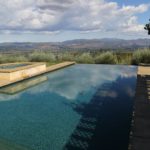
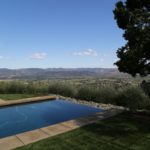
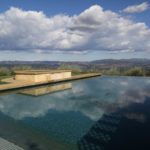
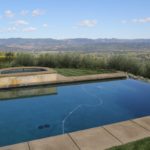
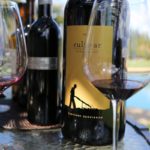
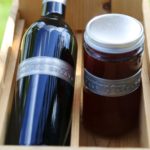
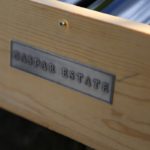
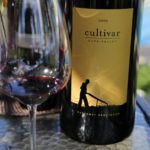
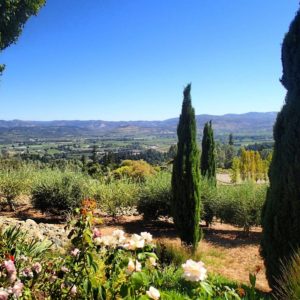
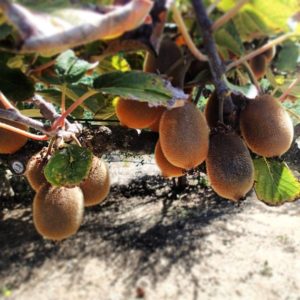
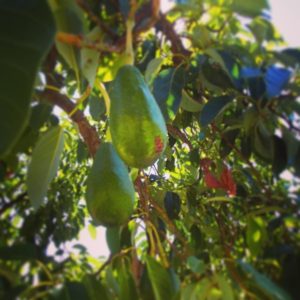
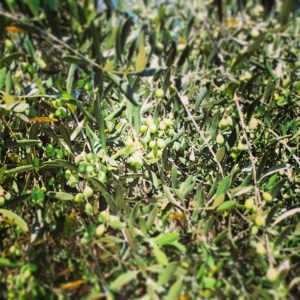
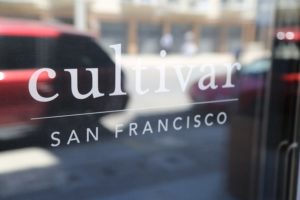

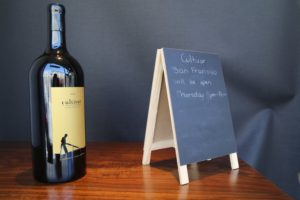
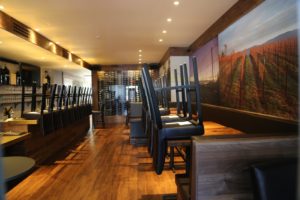
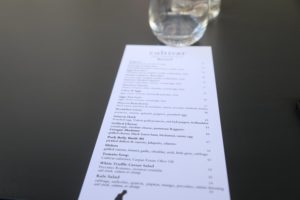
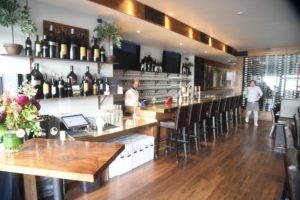
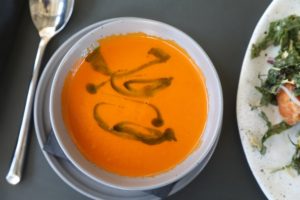
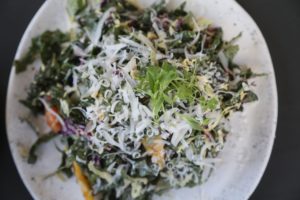
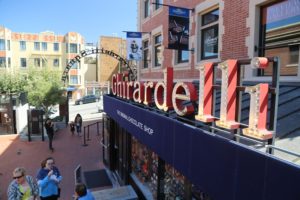
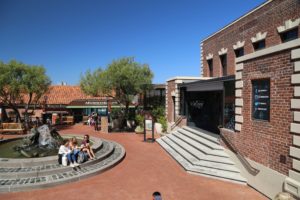
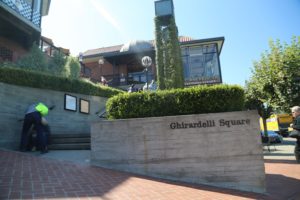
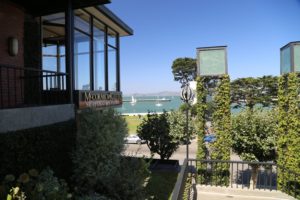
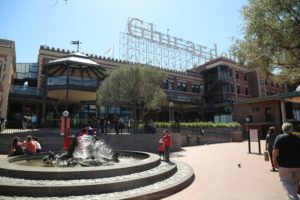
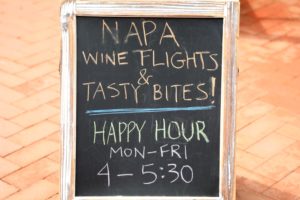
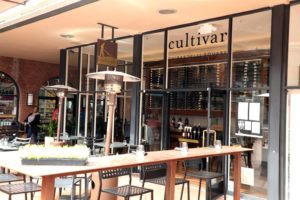
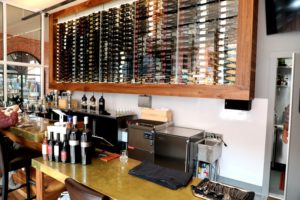
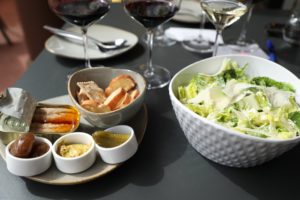
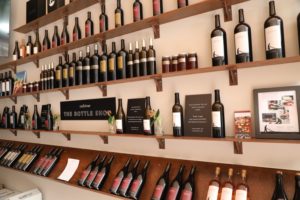
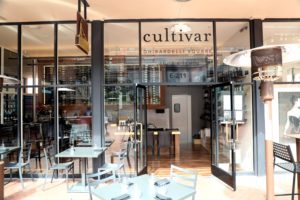
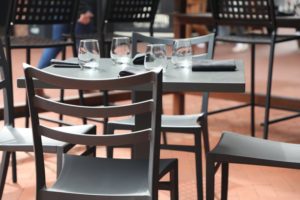
Leave a Reply